I just got the new Sony A7R Mark II in for review today, and I’ve only had a few hours to mess around with it. This is an exciting camera that packs a lot of great features, including a 42 MP sensor into a small package. There are a lot of great things to discuss with this camera, and over the next week or so, I’ll be shooting extensively with it to find what’s good, what’s not, what’s overhyped and what’s special. However, the first thing I wanted to do was see just how big a difference the massive 42 megapixels of resolution makes for low ISO shooting. Most comparisons I’ve seen so far compare the A7R II to its direct predecessor: the A7R. This makes sense, but an 8MP bump from 36 megapixels really isn’t all that significant. However, when compared to the cheaper sister A7 II, which has a 24 megapixel sensor, the resolution increase is not minor.
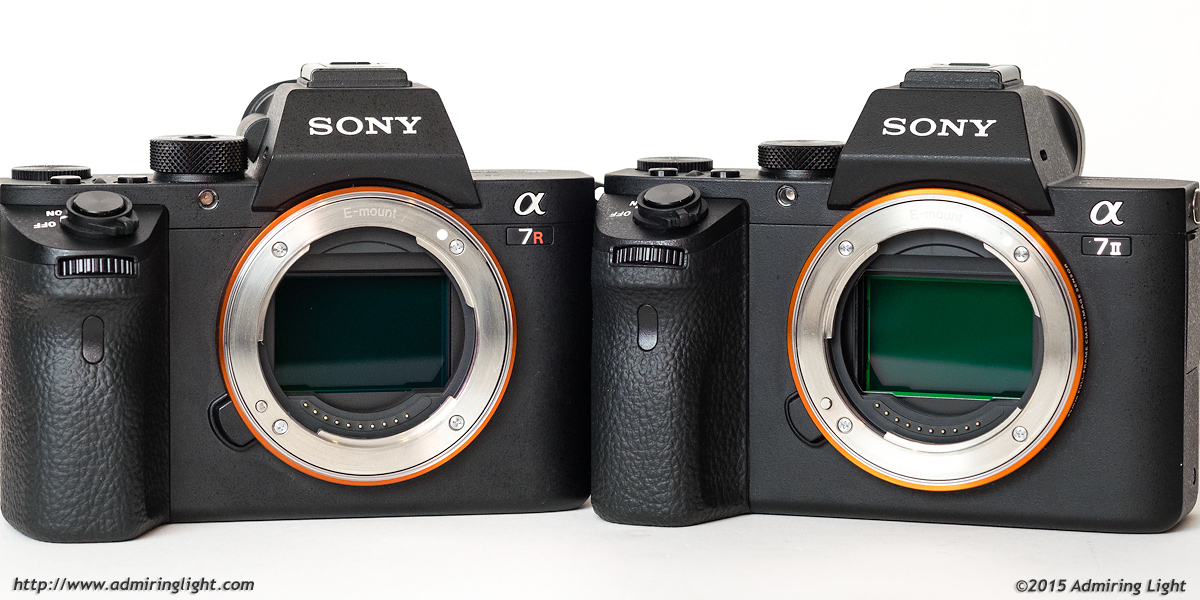
If you shoot predominantly for web use or screen display, the extra resolution really isn’t going to matter one way or another. Even if you have a 4K display, you’ll be downsampling either camera for full-screen display on a computer monitor. The area where resolution really matters is in printing, so I wanted to see how the two cameras compared when it comes to printing.
I print quite a lot, to be honest. I display my images online, sure, but there’s nothing quite like seeing the tangible results of your photography. Images that look good on-screen can often sing in a nice print. I generally print medium-sized prints of around 12×18 inches, which is good enough to see lots of detail but small enough to allow me to hang more images on the wall. When I get a shot that really speaks to me, I will sometimes print larger: generally 24×16″, but I sometimes will go to 30″ or 36″ wide. A 36″ wide framed print takes up quite a lot of wall space, so I almost never go larger than that. In my home, I currently have one 40×30″ print, one 36×24″ print, two 30×20″ prints, four or five 24×16″ prints, and a host of 12×18″ and smaller prints. Where the real rubber meets the road with these high-resolution cameras is in printing large. That one 36×24″ print I have on my wall looks amazing, as it’s a stitch of ten 16 megapixel images, with a final image resolution of 80 megapixels. You can put your face 6″ from the print and see incredible detail. So how does this relate to these cameras?
The Test
For this test, I used the A7R II and the A7 II, mounted on a tripod, outdoors in afternoon sunlight. The images were taken around 2 minutes apart, both using the Sony/Zeiss FE 55mm f/1.8 @ f/8, 1/250s, ISO 100. This lens is one of the sharpest lenses in existence, so should suit the resolution hungry A7R II very well. Now some of you may say “But Jordan – the 55mm f/1.8 is actually slightly sharper at f/5.6 than it is at f/8!” Yeah, by tests, it might be a few lp/mm sharper at f/5.6, but considering most landscape work is done at f/8-f/16 for depth of field, I think f/8 is a fine choice, and if you can honestly tell the difference visually between those two apertures, you have better eyes than I do.
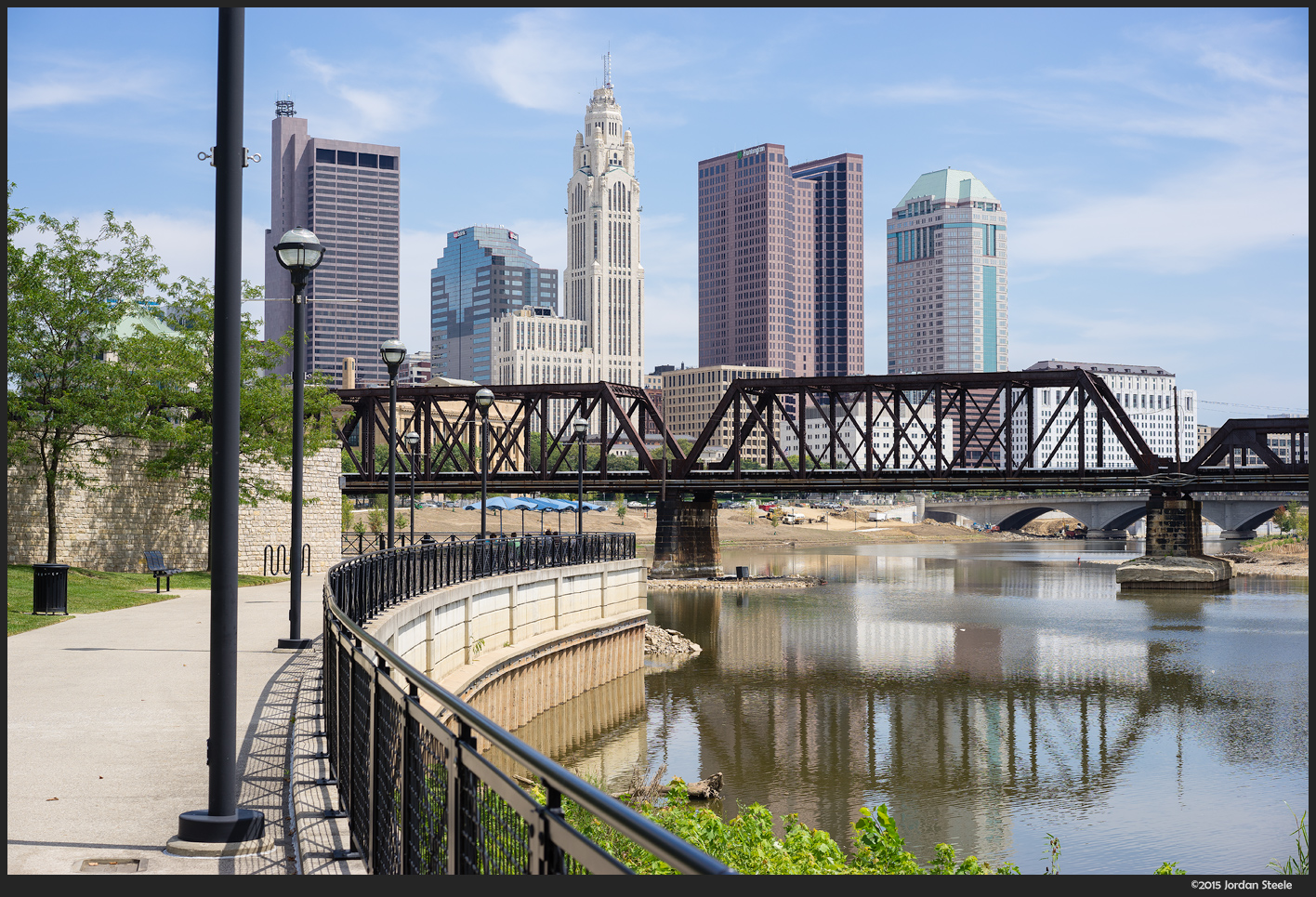
I then processed the images in Lightroom CC with the exact same develop settings and exported to Photoshop. In Photoshop, I resized the images (without resampling) to be printed at 24″ wide. I did a second test resized to a 36″ wide print. Then, to avoid printing giant images, I cropped a 9×7″ section from the center of each image and printed this on a fine art baryta paper at high quality with my Canon Pixma Pro-100. What this simulates is a cropped section of what would have been a 24″x16″ print with each camera. I repeated the test with 9×7″ sections from a 36″ print. Then I compared them.
The Results
First, let’s look at 100% crops from the center of the image frame. Click to enlarge the image below to take a look. The A7R II shot on top clearly shows more detail vs. the A7 II shot, though the actual details resolved are somewhat subtle.
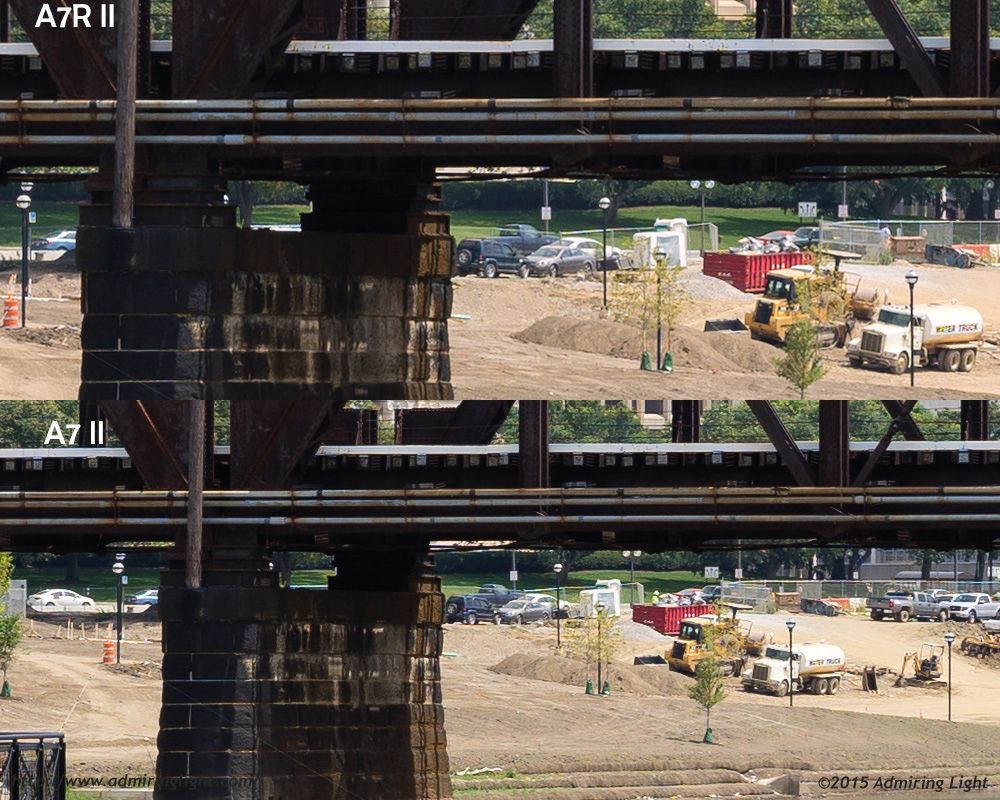
Now let’s look at the prints. This part is unscientific, but uses simply my own observations, since we view photographs in print with our eyes and our own subjective views, and that’s the whole point of this test. Is there a visible difference in a 24″ or 36″ print using the A7R II vs. the A7 II? The answer is yes. Sort of.
In both sets of prints, upon close examination, the resolution of the A7R II was clearly visible. Everything seemed a bit sharper, with simply finer detail. However, with the 24″ print samples, the prints became indistinguishable to my eye when the viewing distance extended to around 18″. That’s it. Just 18″ away, and the extra detail in the print became essentially invisible. Since a 24″ print would need you to back up further than 18″ to see the whole print, at normal viewing distances the prints are indistinguishable. The two compared prints are below. You can click to enlarge, then click the green arrow to make larger to get an idea for yourself. I added the text to the images before printing so I could keep them straight.
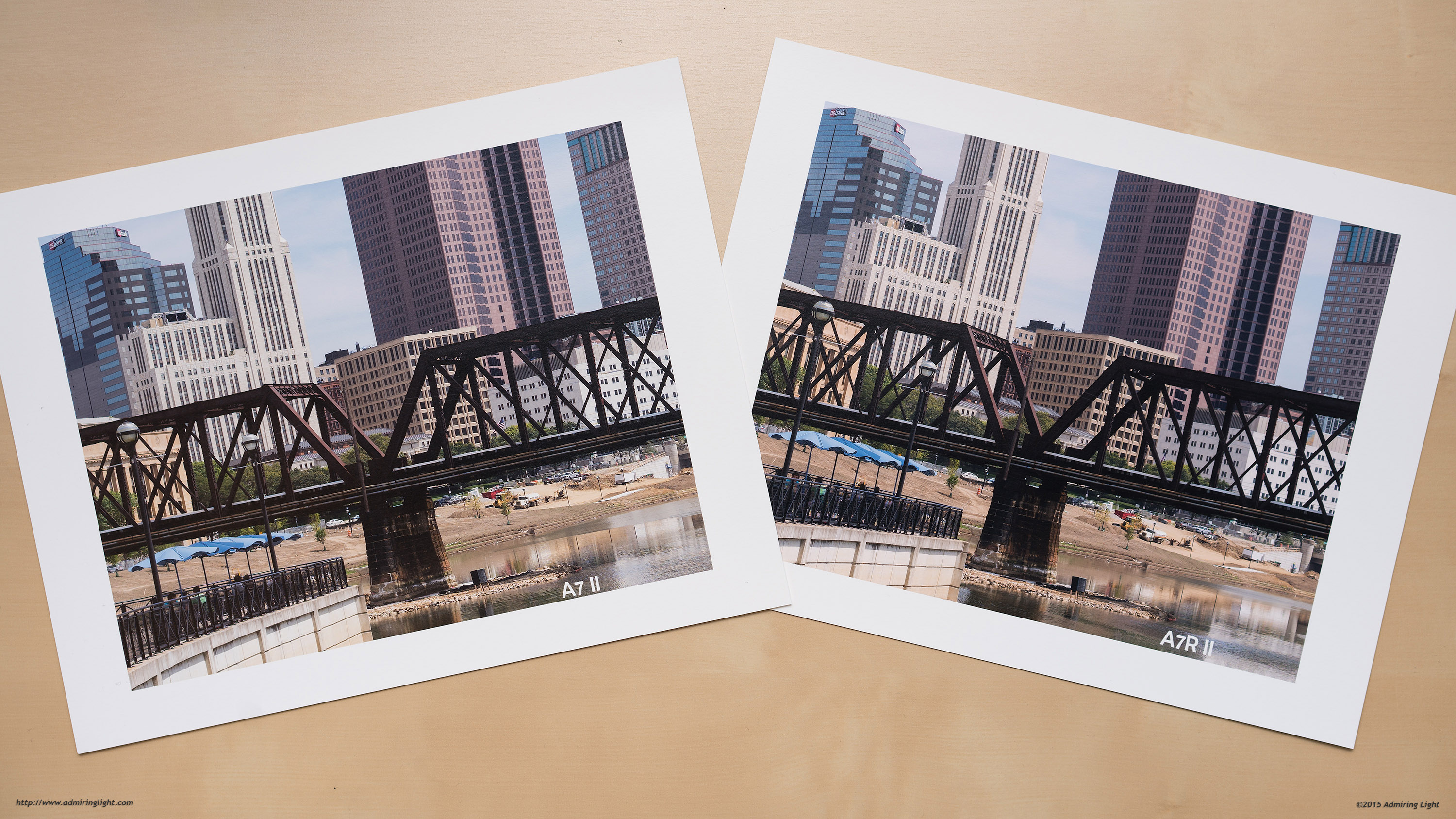
The same is true for the 36″ print samples. Both prints looked fine, but the A7R II print was just a bit sharper and more detailed when viewed close up. The difference is there, but it’s not enormous, to be honest. The distance for these to equalize was a bit further, but they became essentially indistinguishable just beyond arms length, or around 30″ away. This, again, is around the normal viewing distance for a 36″ print if you’re fairly close. Click to enlarge.
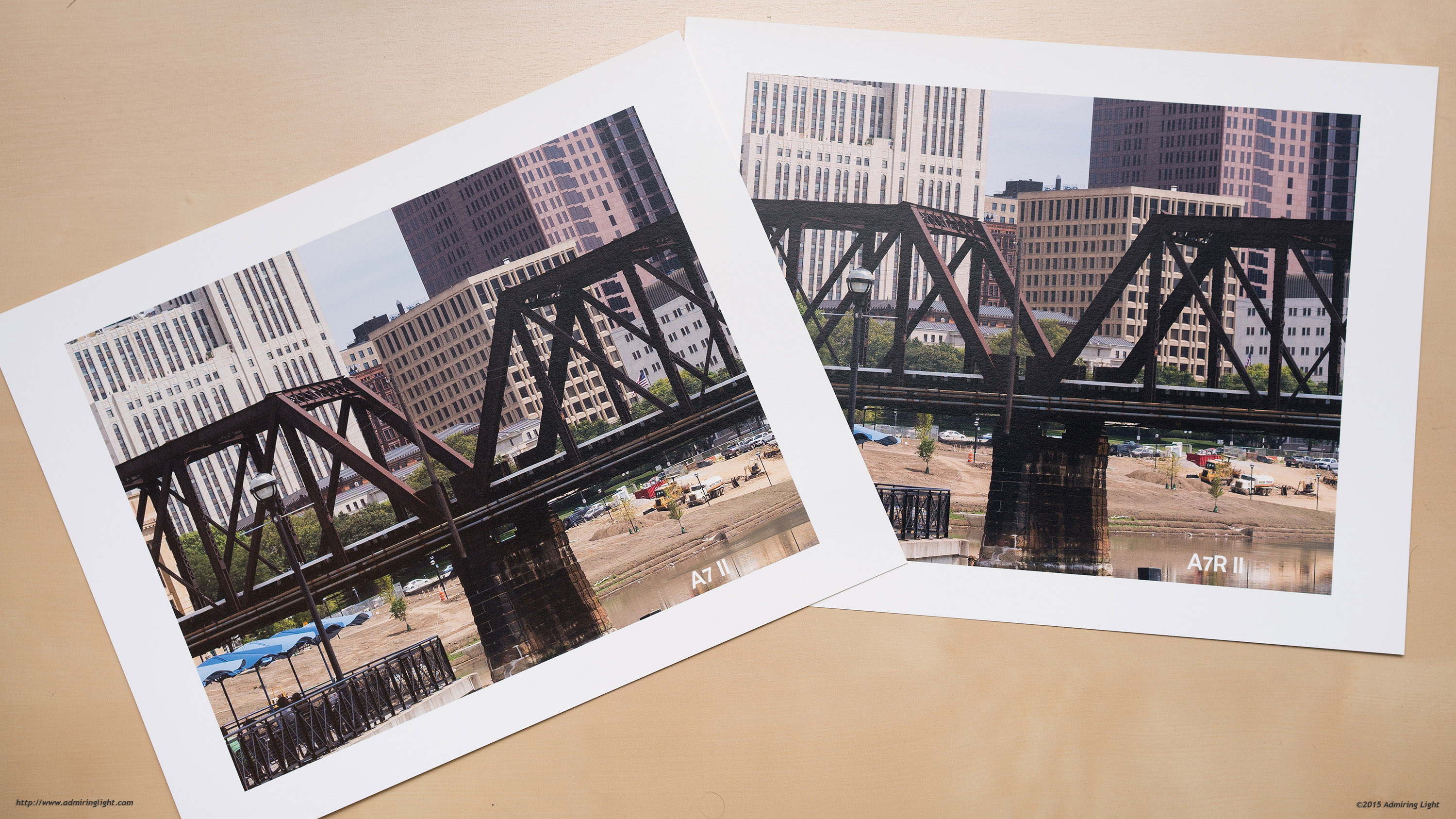
The A7R II is shaping up to be a fantastic camera, but the extra resolution may or may not be of use to you for printing, unless you print very large or really like to get up close to large prints. Where the A7R II’s extra resolution really may come in handy is when cropping. A significant crop will still yield images with greater than 24 MP, and an APS-C crop will yield 18 MP images. This means that even heavily cropped images can be printed quite large and retain a very good look to the image, where the same crop on an A7 II may limit you to, say, a 12×18″ print before the print doesn’t look quite as good. In any case, I think that most shooters, especially those who don’t print larger than around 24 inches wide, should feel good knowing that in most circumstances, the difference in final output is fairly minimal at low ISO. For high ISO, well, that will take more investigation and more time with the camera. Look forward to my full A7R II review later this month. Edit 8/23/15: My full review of the A7R II is now up.



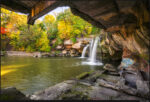

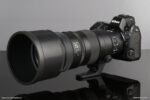
Leave a Reply